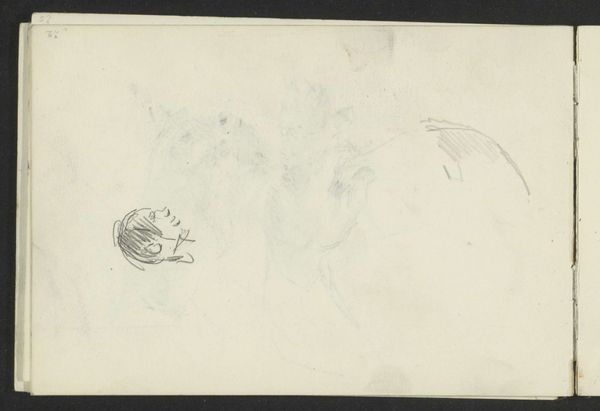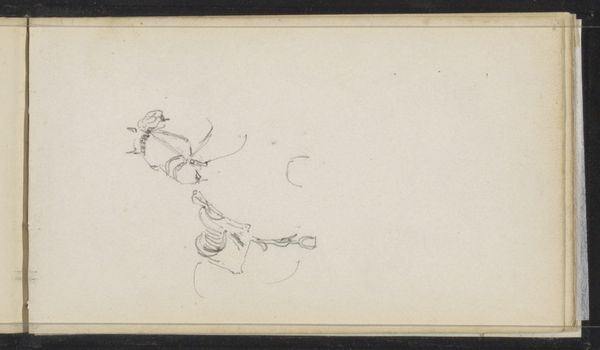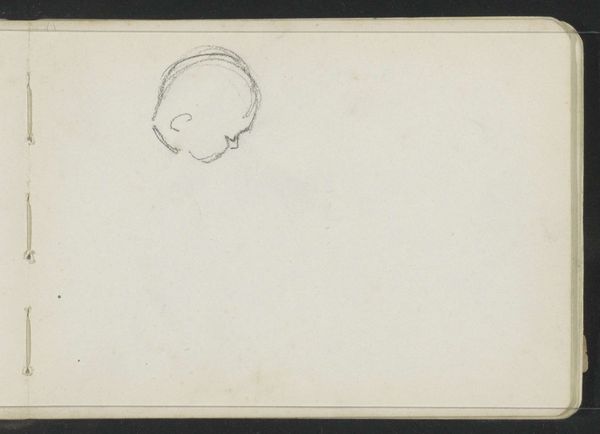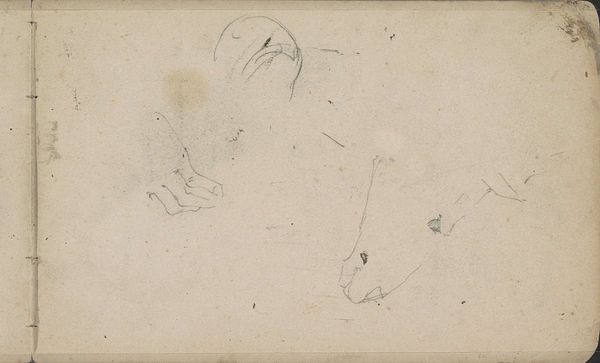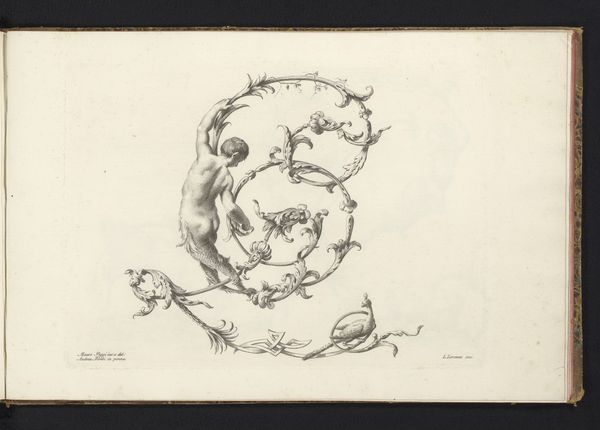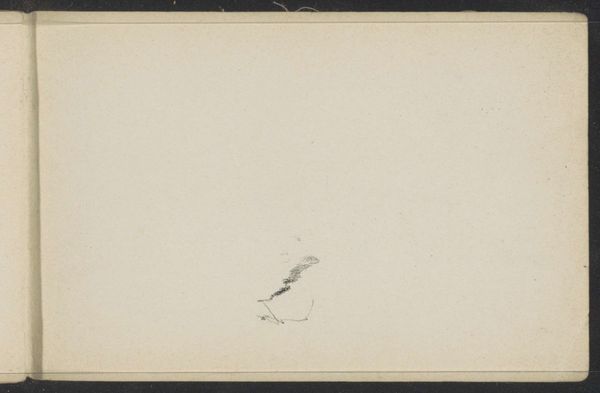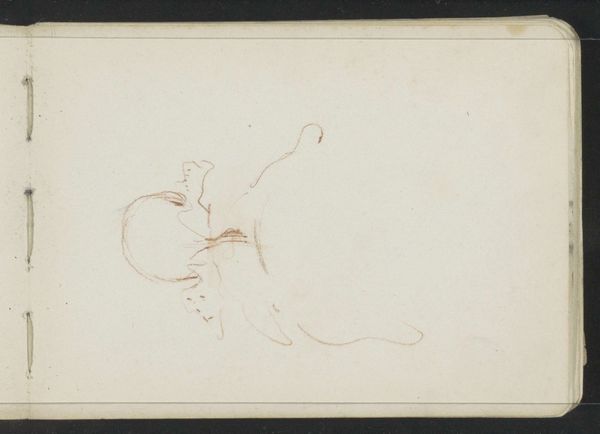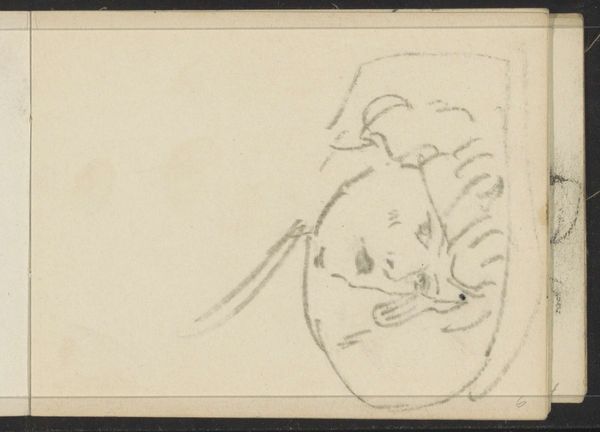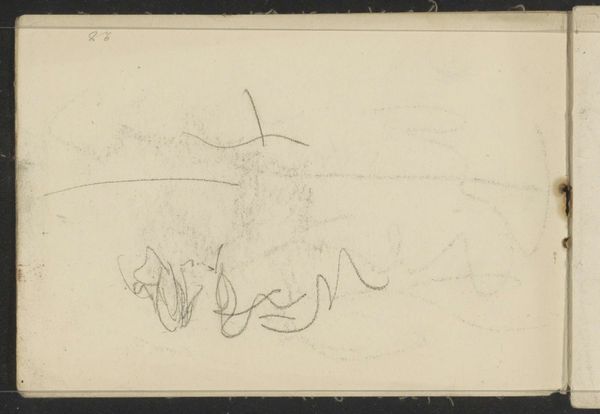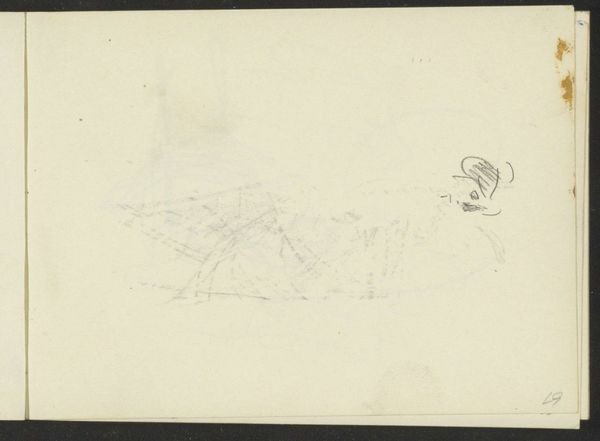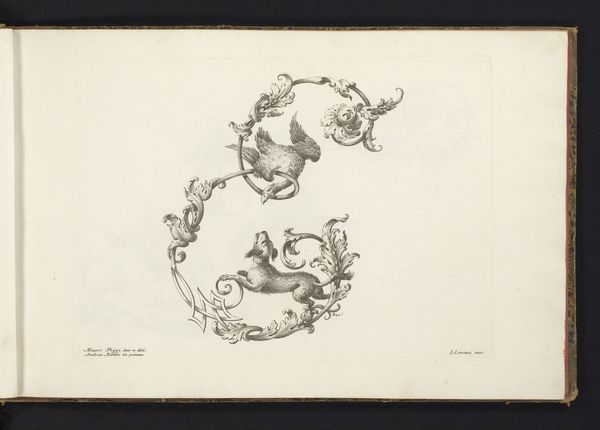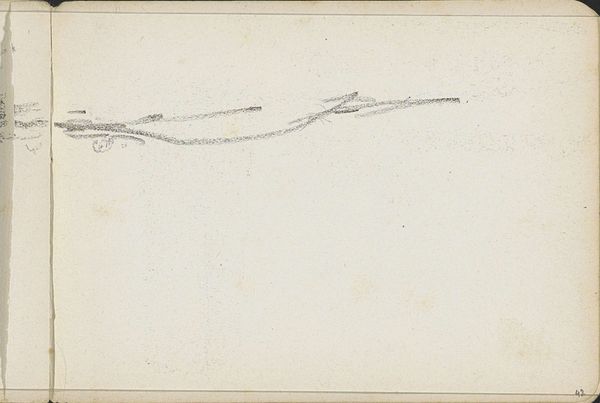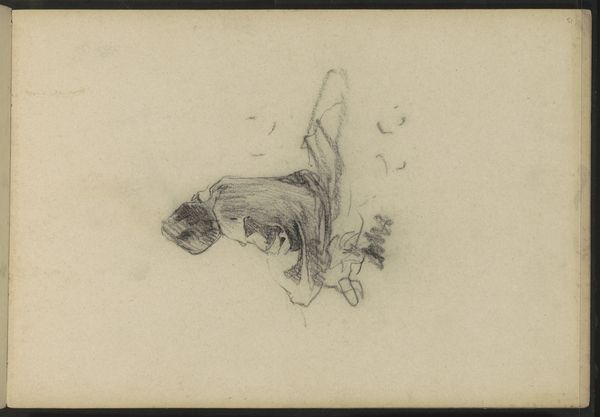
drawing, pencil
#
portrait
#
drawing
#
pencil
#
realism
Copyright: Rijks Museum: Open Domain
Curator: This sketch immediately draws me in—it possesses such raw, quiet intimacy. Editor: Well, let's delve deeper into that intimacy. What we have here is "Hoofd van een kind," or "Head of a Child," rendered in pencil sometime between 1883 and 1922, by the Dutch artist Johanna van de Kamer. Curator: Yes, the temporality in this work begs me to think about representations of childhood over this span of time. There is almost a documentarian quality that connects childhood with political change and progress in this artist’s time, while raising intersectional themes about privilege, representation, gender, and visibility. Editor: Precisely. If we situate Van de Kamer within her socio-political milieu, it’s important to remember the role played by Dutch art institutions during a period of immense social transformation and reform. Curator: Indeed. There are the wisps of lines to portray the back of a young one’s head that speak volumes about childhood and caregiving in general. Note the subject's vulnerability! It certainly touches on deeper concerns surrounding childhood. Editor: Though faint and fragile in its line work, one is reminded that even in this seemingly uncomplicated piece, societal values around family life become imprinted. Van de Kamer's artistic choices thus engage the viewer in contemplating these formative social structures. Curator: And considering that Van de Kamer's identity as a female artist likely provided an altered entry point for art education, practice, and eventual inclusion, she represents this topic with nuanced vision. It seems she's interested in challenging conventional norms through these choices. Editor: Precisely. As our contemporary sensibilities shift to deconstructing accepted conventions in art, understanding works within their complex contexts allows us a fresh appreciation and critique, and prompts crucial conversations that reverberate through historical perspectives. Curator: Absolutely. By emphasizing art’s ties to politics, identity, and society, a richer discourse emerges – inviting all to become actively involved contributors. Editor: Well put! Examining Van de Kamer’s place within Dutch society helps illustrate that artistic endeavors mirror evolving value systems. It underscores the inherent capacity art has to question the public, prompting meaningful reassessments of societal conventions.
Comments
No comments
Be the first to comment and join the conversation on the ultimate creative platform.
